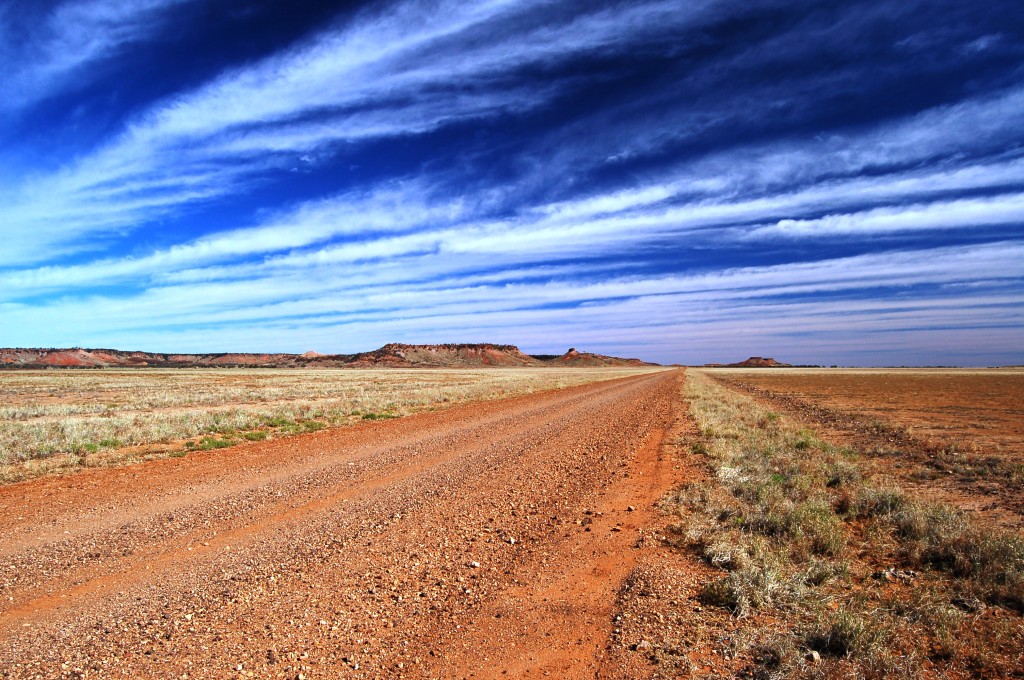By Sean Fagan
.
Below is a video of the great Les Hiddins exploring the Australian outback...
.
From watching the documentary, what I like about Les - besides his obvious expertise, passion and modest manner, is his admiration for the aboriginal people and their culture.
As an Australian ethno-botanist his studies were obviously dependent on the aboriginal people sharing their ancient survival skills - which they generously do.
The depth and breath of the studies Les carried out in Australia, for years, was incredible.
Frequently travelling long distances, often alone for long periods of time, liaising with many isolated and remote aboriginal communities and meticulously recording the many different, Australian wild plants with their associated botanical details, edibility, seasonal availability, geographic variations, associated legends and folklore etc. - the body of work he produced was prodigious, meticulous and comprehensive.
A true labour of love.
.

To many, the Australian outback seems like a harsh, bleak environment but to many Australian Aborigines, and to people like Les Hiddins, the outback is a familiar environment where all the necessities of survival are provided (Photo: Wikimedia images).
.
THE REALITY OF LIVING ALONE IN A WILDERNESS
.
In the video, from 24 minutes to 27 minutes, Les touches upon some of the realities and hazards he has to deal with, while living and travelling in wild, remote places.
It’s a refreshingly honest admission of vulnerability by a very competent outdoors person.
The comments he makes, touch upon physical threats and some of the common psychological pressures (such as loneliness) that can be associated with solo wilderness living.
There is no doubt that Les is deeply passionate the wilderness areas of Australia but he is also a man acutely aware of the hazards of outdoor living and the personal responsibility that comes with avoiding or minimising hazards.
Les is, amongst other things, an understated reminder of the direct correlation between enjoying the outdoors and outdoor competence.
The more competent, experienced and well-trained a person is in the area of wilderness living then the more that person can enjoy, and relax within, a wilderness area.
In short, competence equals enjoyment.
With Les, there is a complete absence of drama - unlike what is promoted by many modern TV survival shows - whereby supposed survival/bushcraft experts thrust themselves in harm’s way to maximize ratings - regardless of how misleading and reckless such information often is.
Such misinformation is, to my mind at least, an affront to the few remaining cultures that live bushcraft on a daily basis - and to people like Les.
What I also like about this documentary is its low key tone.
I believe that outdoor living, in general, is low key.
One of the unexpected benefits of watching his documentaries is that you get a feel of how to live outdoors – how to relax into a landscape - how to work with, and blend into, nature.
It’s an attitude that’s hard to explain but is generally acquired by skilled and knowledgeable people that have lived for extended periods of time outdoors without the distraction of superfluous items/gear.
If you've never experienced that merging with nature for an extended period of time – I strongly recommend you do, if time and opportunity allows. Of course, having the prerequisite wilderness skills and knowledge before venturing into a wilderness is generally a crucial component in outdoor living and traveling.
I never tire of watching the outdoor documentaries of Les Hiddins. He is a great representation of bushcraft.
It’s nice, in my own small way, to spread the work of this great man - a man who got to know the heart and soul of the vast, wild lands of Australia and the indigenous people that dwell there.
Thanks Les, you’re a ‘fair dinkum’ guy.
.
.
Related articles on this website:
.
*Check us out on Instagram, Twitter & Facebook for more outdoor-related topics.
Recent Comments